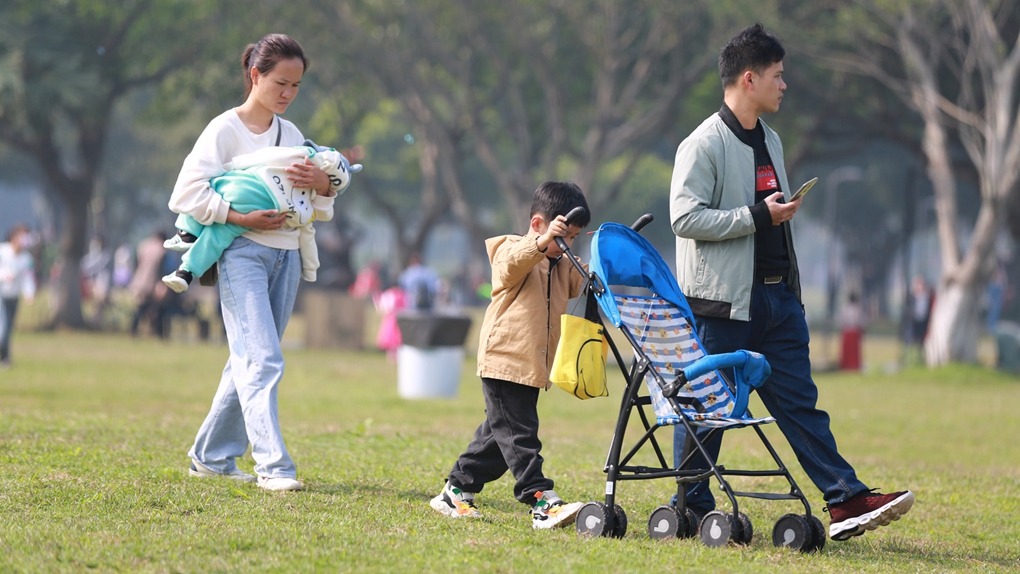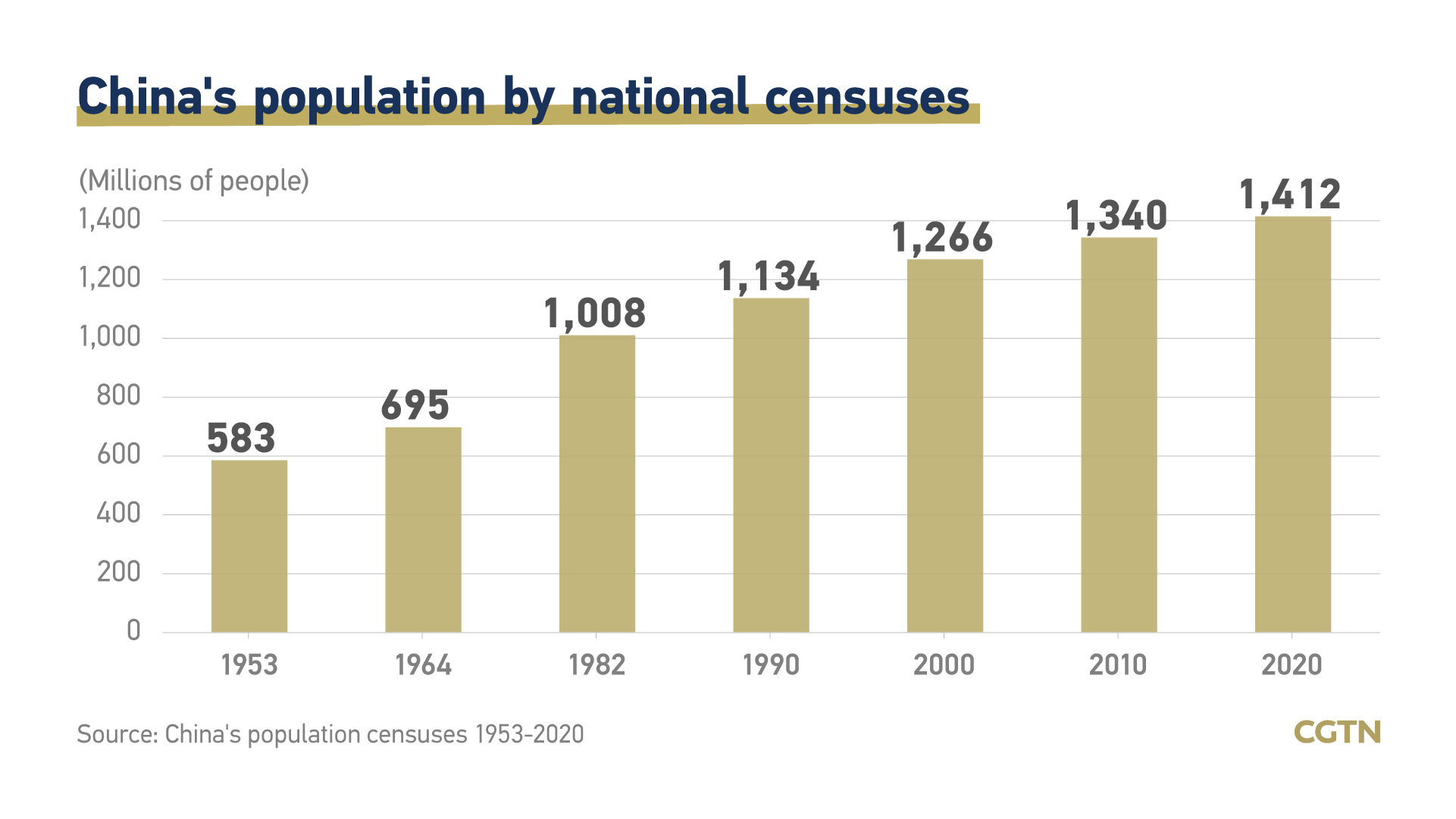
A family spends time together at a park in Haikou, Hainan Province, south China, February 12, 2021. /CFP
A family spends time together at a park in Haikou, Hainan Province, south China, February 12, 2021. /CFP
The third-child policy can improve the age structure of China's population and ease its aging level from the peak, said a National Health Commission (NHC) official.
On Monday, China has officially further relaxed its family planning policy, supporting couples that wish to have a third child.
The policy shift came not long after China's once-in-a-decade census data showed a decline in births and that the population grew at its slowest rate during the last decade since the 1950s.

The implementation of the third-child policy can maximize the "active role of the population" in economic and social development, the NHC official said in an interview with Xinhua on Monday.
In 2011, China loosed the one-child policy, allowing couples who were only children to have a second child. Four years later, the one-child policy, which had been adopted in 1982 to halt a population explosion, was annulled and replaced by a two-child one.
Thanks to the shift, the proportion of children aged 0-14 has increased from 16.6 percent in 2010 to 17.95 percent in 2020, according to the latest census.
However, despite the two-child policy achieving positive results, the aging of the population in China has deepened in recent years. Data shows an increase in the share of the population aged above 65 years old, from 8.9 percent in 2010 to 13.5 percent in 2020.

The country has also seen a decrease in the number of newborns in recent years. Per the census, China recorded 12 million births in 2020, a fourth consecutive year drop.
The official attributed the declines to the decreasing number of women of childbearing age, low willingness to have children, and the COVID-19 epidemic, adding that the new third-child policy will help expand the supply of labor force and increase the vitality of the society.
(Graphic by CGTN's Chen Yuyang)

